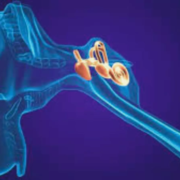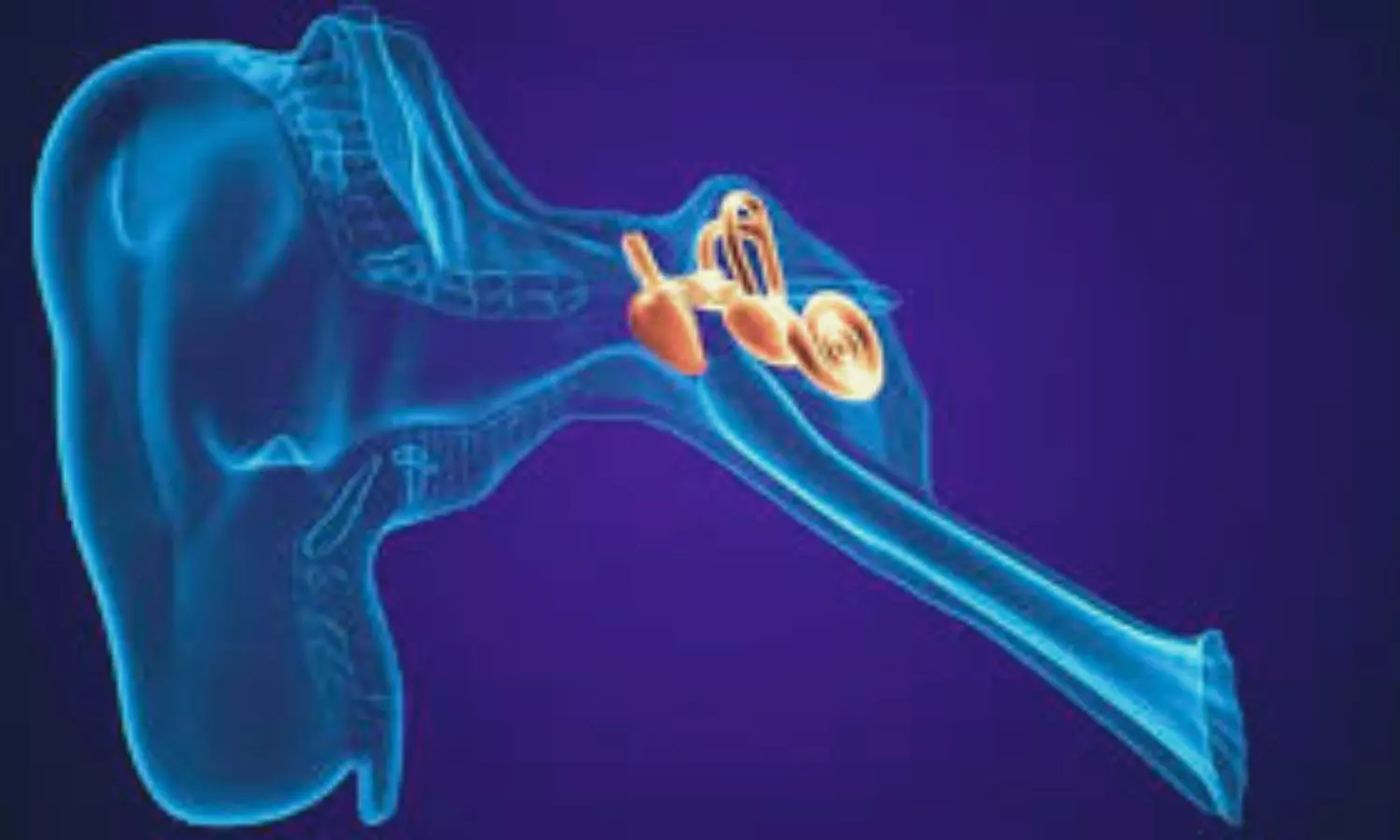Higher body mass index linked to slower rates of glaucoma progression: Study

A recent study from Duke University suggest that higher body mass index (BMI) may help slow the progression of glaucoma which is a leading cause of blindness. The key findings were published in the British Journal of Ophthalmology.
The study analyzed data from a total of 2,839 eyes of 1,584 glaucoma patients and provided new insights into how lifestyle factors may influence the rate of retinal nerve fibre layer (RNFL) loss in these individuals. Over a mean follow-up period of 4.7 years, the patients underwent approximately 5.1 spectral-domain optical coherency tomography (SD-OCT) tests and this study looked into the effects of BMI and personal histories of tobacco and alcohol use on glaucoma progression. The results show that while tobacco and alcohol consumption did not significantly impact the progression of the disease, a higher BMI was associated with a markedly slower rate of RNFL loss.
This study found that for each additional unit of BMI, the rate of RNFL thinning lowered by 0.014 micrometers per year where this statistically significant finding suggests a protective effect of higher body weight against glaucoma progression. Also, underweight subjects experienced significantly faster rates of structural loss that highlights potential risks associated with low BMI in glaucoma management.
The lack of significant association between tobacco and alcohol use and the rate of RNFL change was somewhat unexpected, given the well-documented impacts of these factors on other chronic diseases. This observation suggests that the pathways which link these habits to glaucoma progression may differ from those affecting other health conditions. This study opens a new avenue in our understanding of glaucoma management and careful practice that encourage weight gain as a protective strategy should be maintained until further research is conducted.
Glaucoma affects millions worldwide and is often associated with an irreversible loss of vision due to damage to the optic nerve. Current treatment strategies focus primarily on lowering intraocular pressure and this research suggests that managing body weight could also be a consideration in the comprehensive care of glaucoma patients. As these findings add a significance to the mystery of glaucoma progression and further studies will be imperative to understand the mechanisms by which BMI may protect against RNFL loss and to explore potential interactions with other risk factors.
Source:
Youssif, A. A., Onyekaba, N.-A., Naithani, R., Abdelazeem, K., Fathalla, A. M., Abdel‐Rhaman, M. S., Jammal, A. A., & Medeiros, F. A. (2024). Social history and glaucoma progression: the effect of body mass index, tobacco and alcohol consumption on the rates of structural change in patients with glaucoma. In British Journal of Ophthalmology (p. bjo-2023-323186). BMJ. https://doi.org/10.1136/bjo-2023-323186
Powered by WPeMatico



















